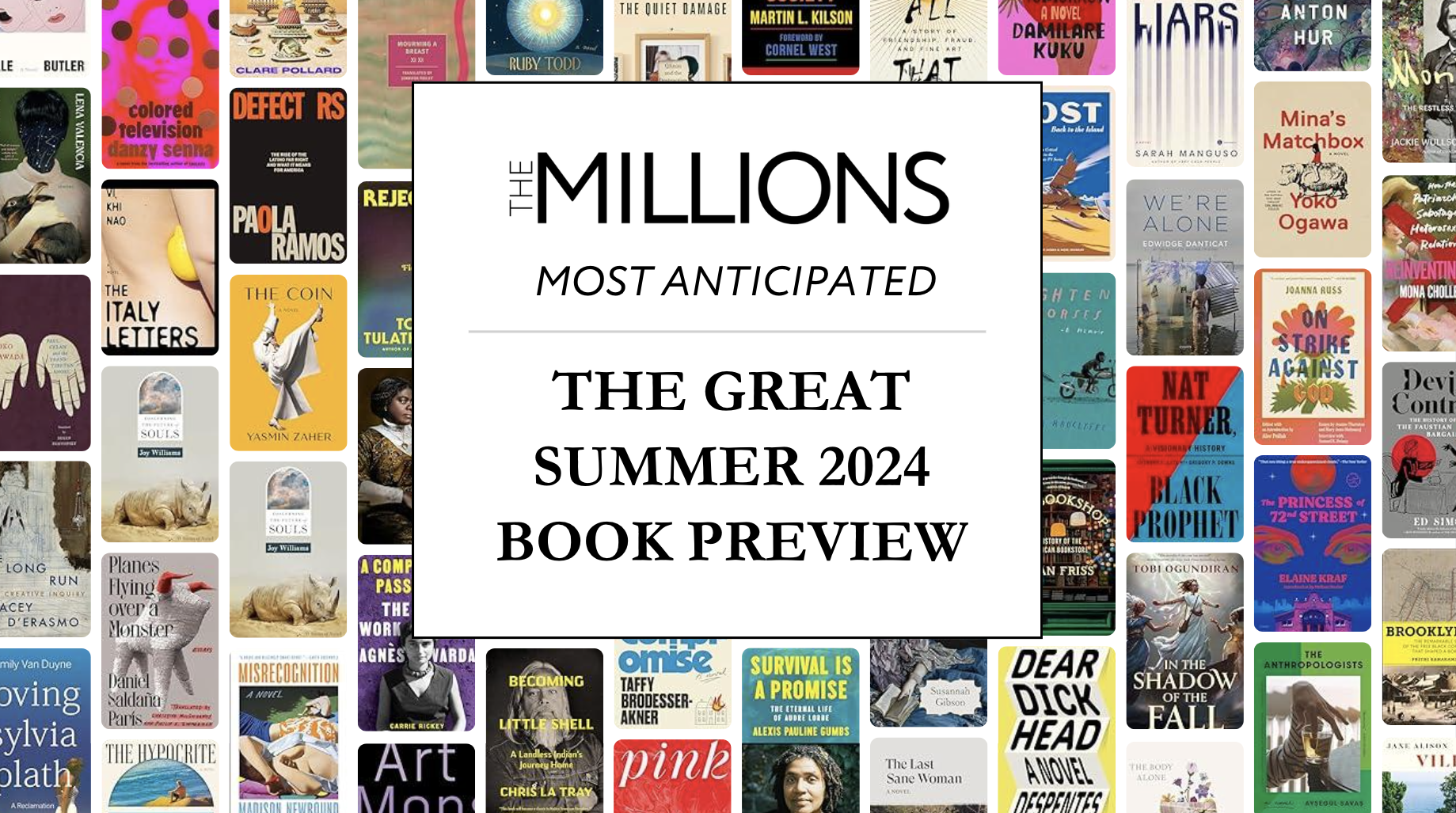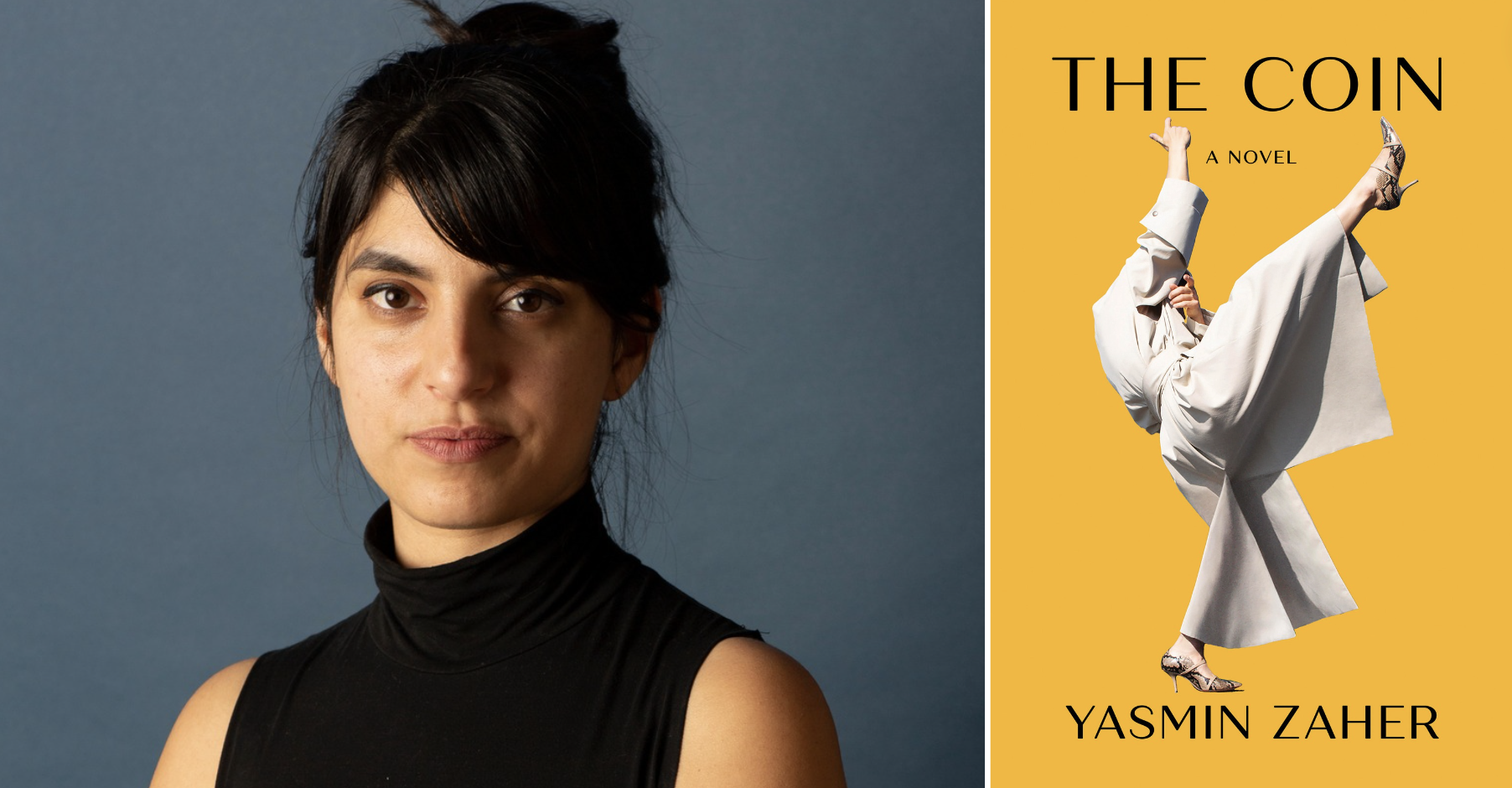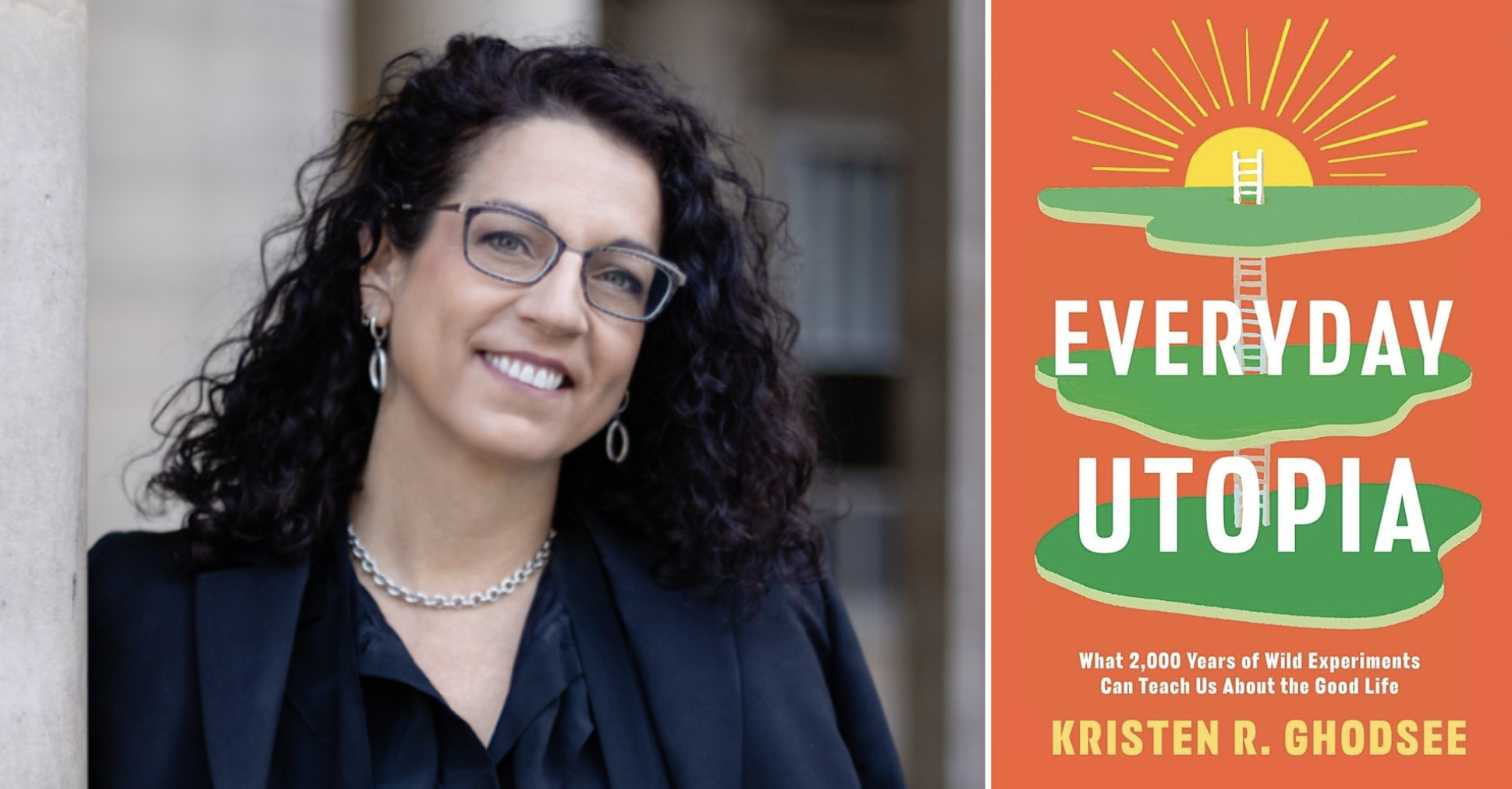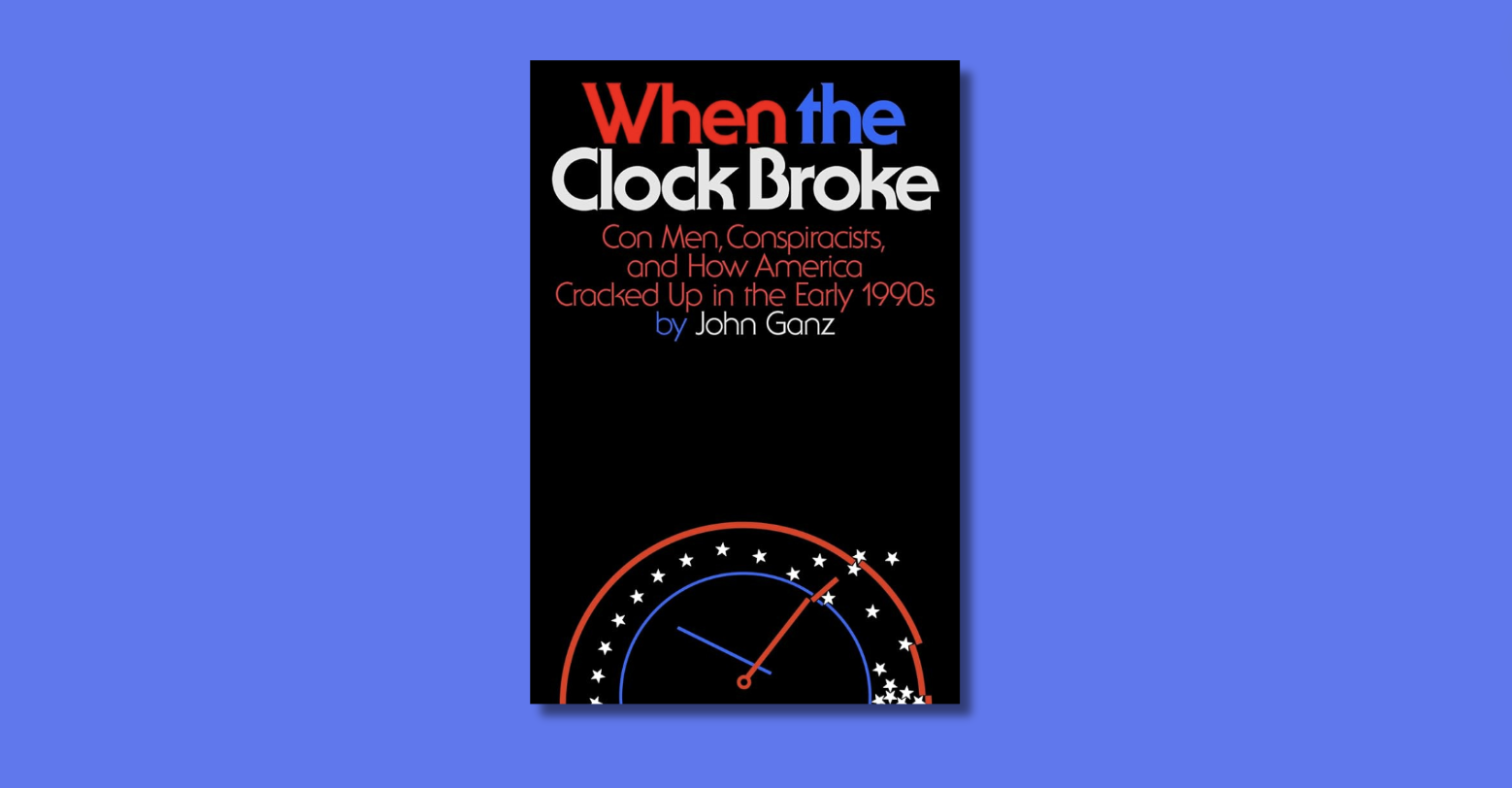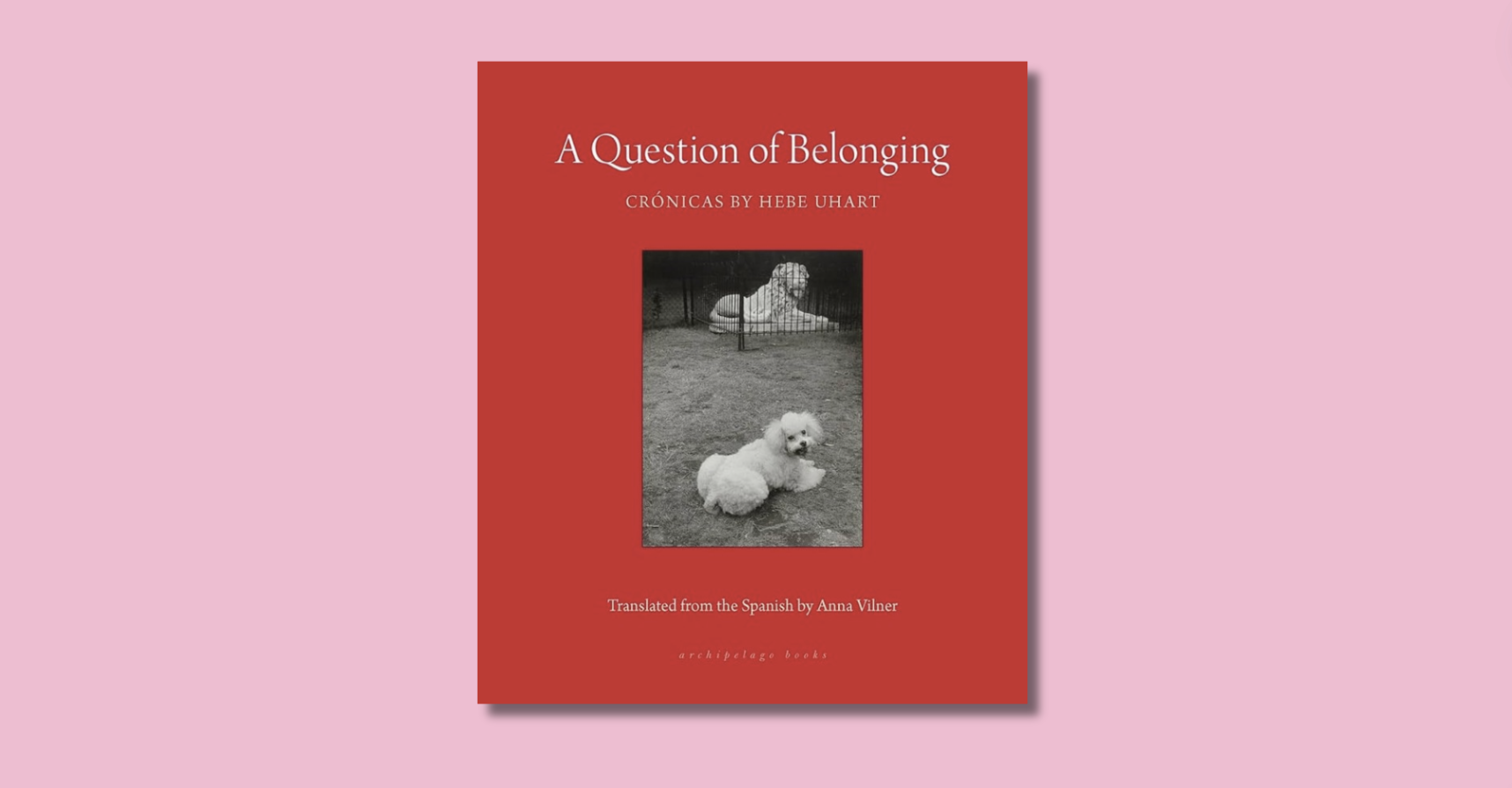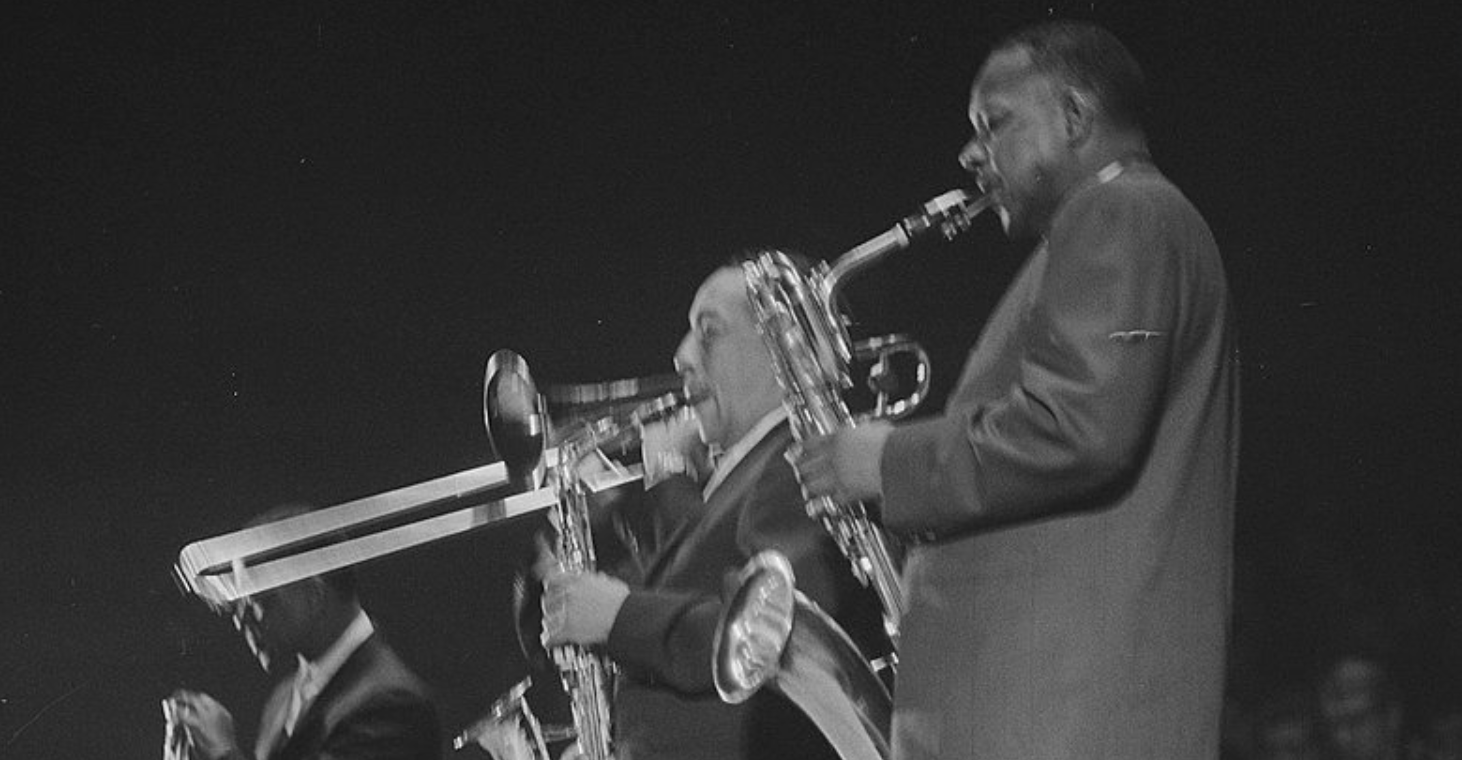I left New York for Windhoek in early October, exchanging the end of an Indian summer for the beginning of an African summer. Around January, I began to despair of my lost winter, and I experienced that peculiar disorder in which the current season obliterates the memory – indeed, the existence – of all other seasons. Maybe John Crowley felt the same way when he wrote: “Love is a myth, like summer. In winter, summer is a myth. A report, a rumor. Not to be believed in.”
 I bought Crowley’s Little, Big shortly before I came to Windhoek. After special-ordering it from my local bookstore, I waited patiently for it to arrive, sustained by Harold Bloom’s assurance that it was a book he “regularly reread[s].” The family tree in the introductory pages, the flowery miniature work throughout, and the headings (“Sylvie and Destiny,” “Some Notes About Them,” “Lady with the Alligator Purse,” and “Still Unstolen,” among others) within chapters within books immediately won my heart. But Little, Big was not such an easy conquest, especially for a reader like me who loves devouring books whole and quick. For the first hundred pages or so, I felt the way I feel when I eat a hardboiled egg too fast and I have to stand still, sipping water until the thickness passes through my gullet. I foundered, starting and stopping the book numerous times over the course of three months. Its extended, reproachful presence on the windowsill next to my bed began to undermine my vision of myself as a diligent and avid reader.
I bought Crowley’s Little, Big shortly before I came to Windhoek. After special-ordering it from my local bookstore, I waited patiently for it to arrive, sustained by Harold Bloom’s assurance that it was a book he “regularly reread[s].” The family tree in the introductory pages, the flowery miniature work throughout, and the headings (“Sylvie and Destiny,” “Some Notes About Them,” “Lady with the Alligator Purse,” and “Still Unstolen,” among others) within chapters within books immediately won my heart. But Little, Big was not such an easy conquest, especially for a reader like me who loves devouring books whole and quick. For the first hundred pages or so, I felt the way I feel when I eat a hardboiled egg too fast and I have to stand still, sipping water until the thickness passes through my gullet. I foundered, starting and stopping the book numerous times over the course of three months. Its extended, reproachful presence on the windowsill next to my bed began to undermine my vision of myself as a diligent and avid reader.
Finally, I cut the nonsense and undertook one of my approximately bi-monthly, epic reading nights, in which I stay up until 3 or 4 in the morning finishing a book, then stay awake another hour thinking about the book. (George Eliot’s Middlemarch inspired the last such night.) Little, Big squeezed the sides of my brain and fought me for each page. In one story line, Sophie Drinkwater, a probable descendant of fairies, unknowingly goes for years without sleeping, only to have her sleep finally returned by the child who was once stolen from her and replaced with an ancient baby-like creature who eats coals. That’s a fair interpretation of what it felt like to read and finish the book.
The book truly is little and big at the same time: relationships fated for a hundred years last for one month; the Holy Roman Emperor Frederick Barbarossa is resurrected as a New York-based political leader who fights for a kingdom the size of a thumb; Smoky Barnable is instructed to travel by foot, not by bus or train, from New York City to Edgewood – a house that swallows people up in its architectural mishmash – in order to marry Daily Alice Drinkwater, another fairy descendant; their son, Auberon, meets a girl with a Destiny in New York, while he writes the story of his fairy-sprinkled family into the plotline of a soap opera. They are all part of a tale that is foretold in a stack of cards. I was often lost in the book’s epic relationships and murky details, in the same way that visitors to Edgewood become lost within its endless corridors and transient doorways. I don’t think I could say what the Tale exactly was, what fairies are, or who won the final battle. This thin veil between knowing and not knowing seemed natural, deliberate, and inevitable with a book whose subtle magic lies in leaving patterns half-obscured and cataclysms unrealized.
Harold Bloom is right. It is a tale that requires multiple readings, whose story lines will alternately disappear, expand, and fluctuate with each return. But I think I will wait to come home from dusty Windhoek, where I first met this book, until I can sit down in the enclosure of a deep American winter to return, by foot, to Little, Big. By then, my endless summer will be a myth. A report, a rumor. Not to be believed in.
Bonus Link: Celebrating the anniversary of Little, Big
